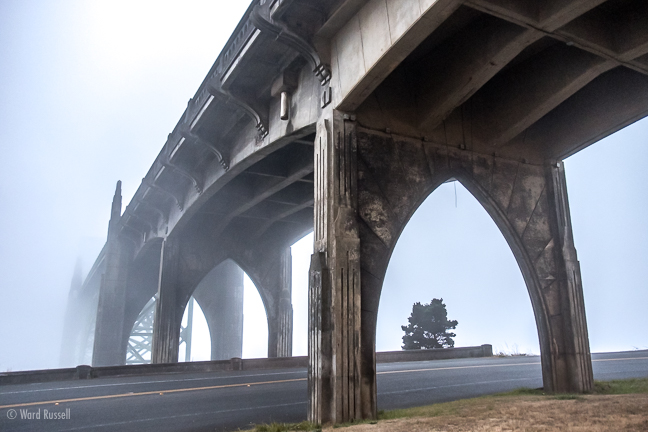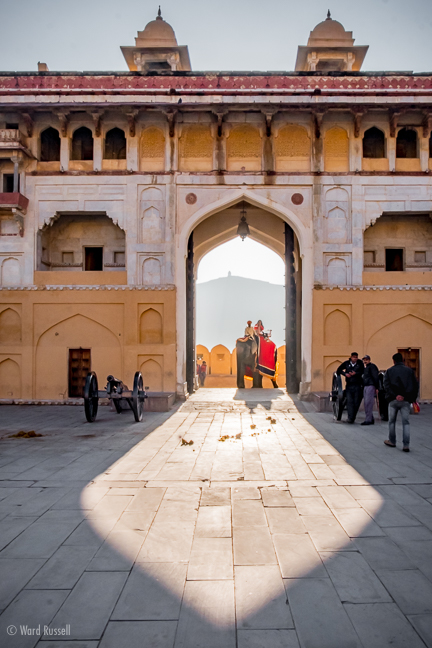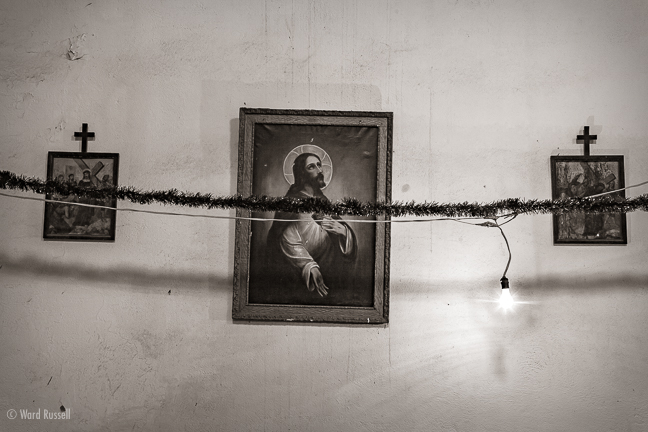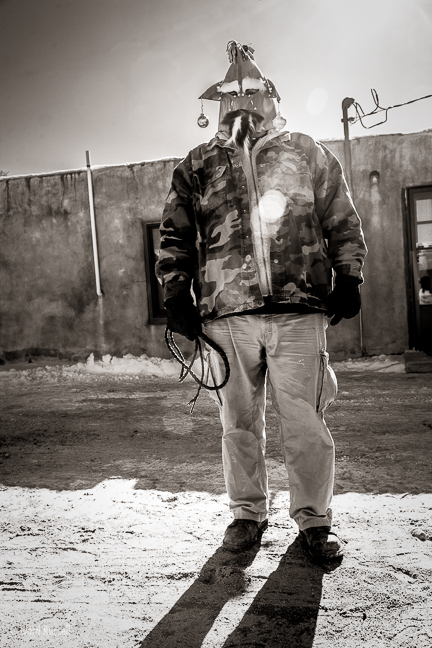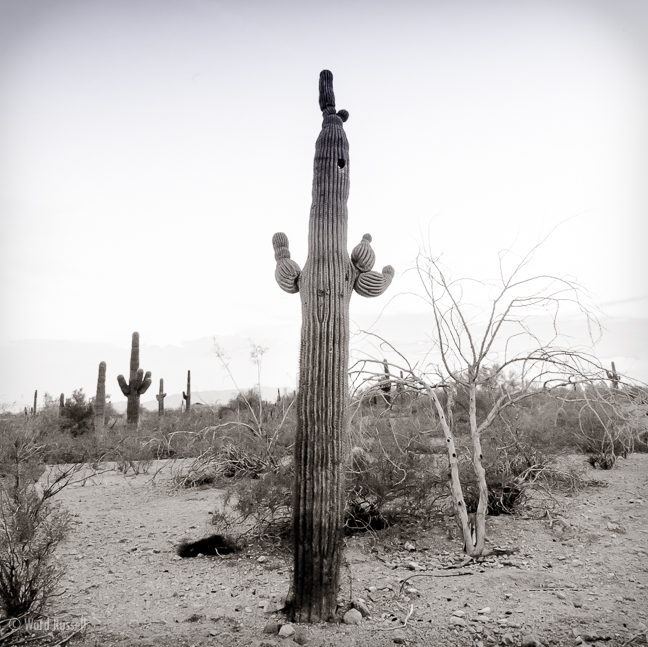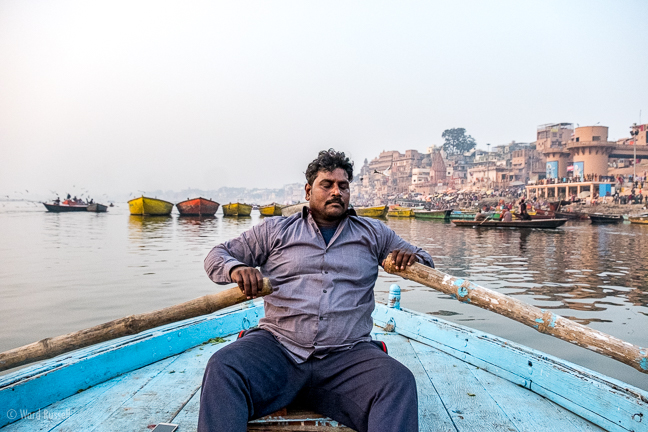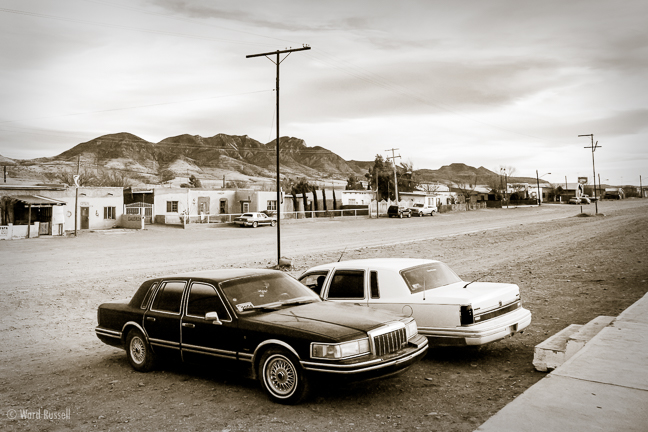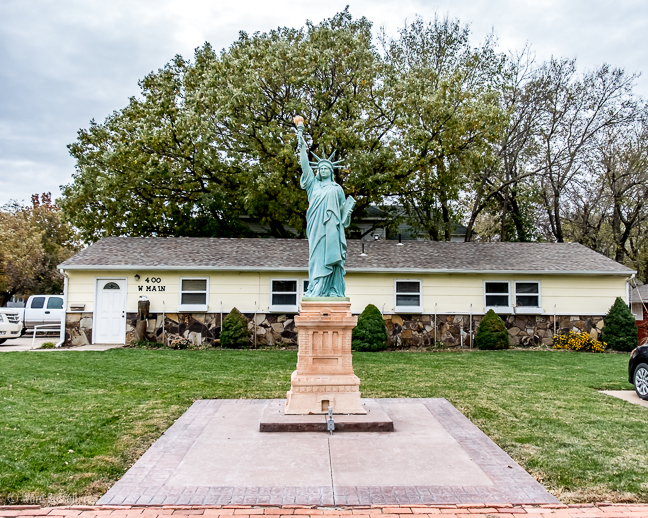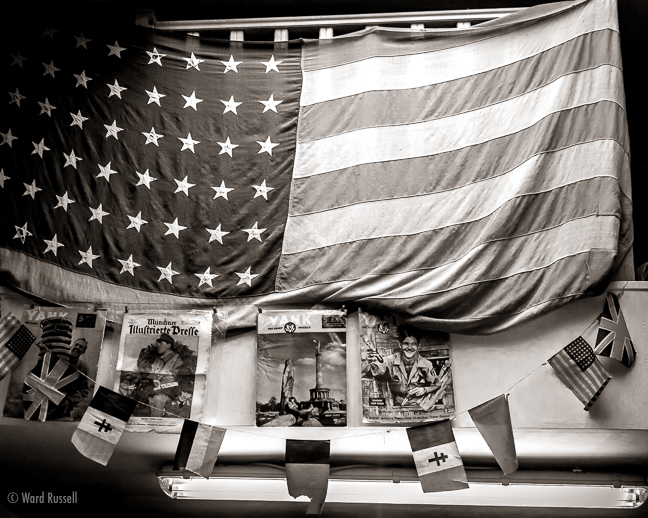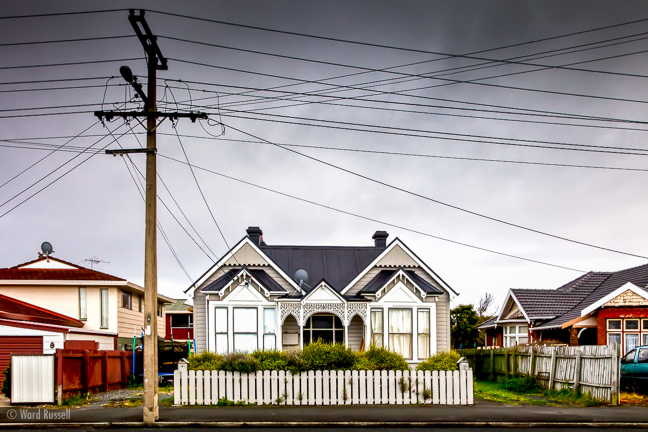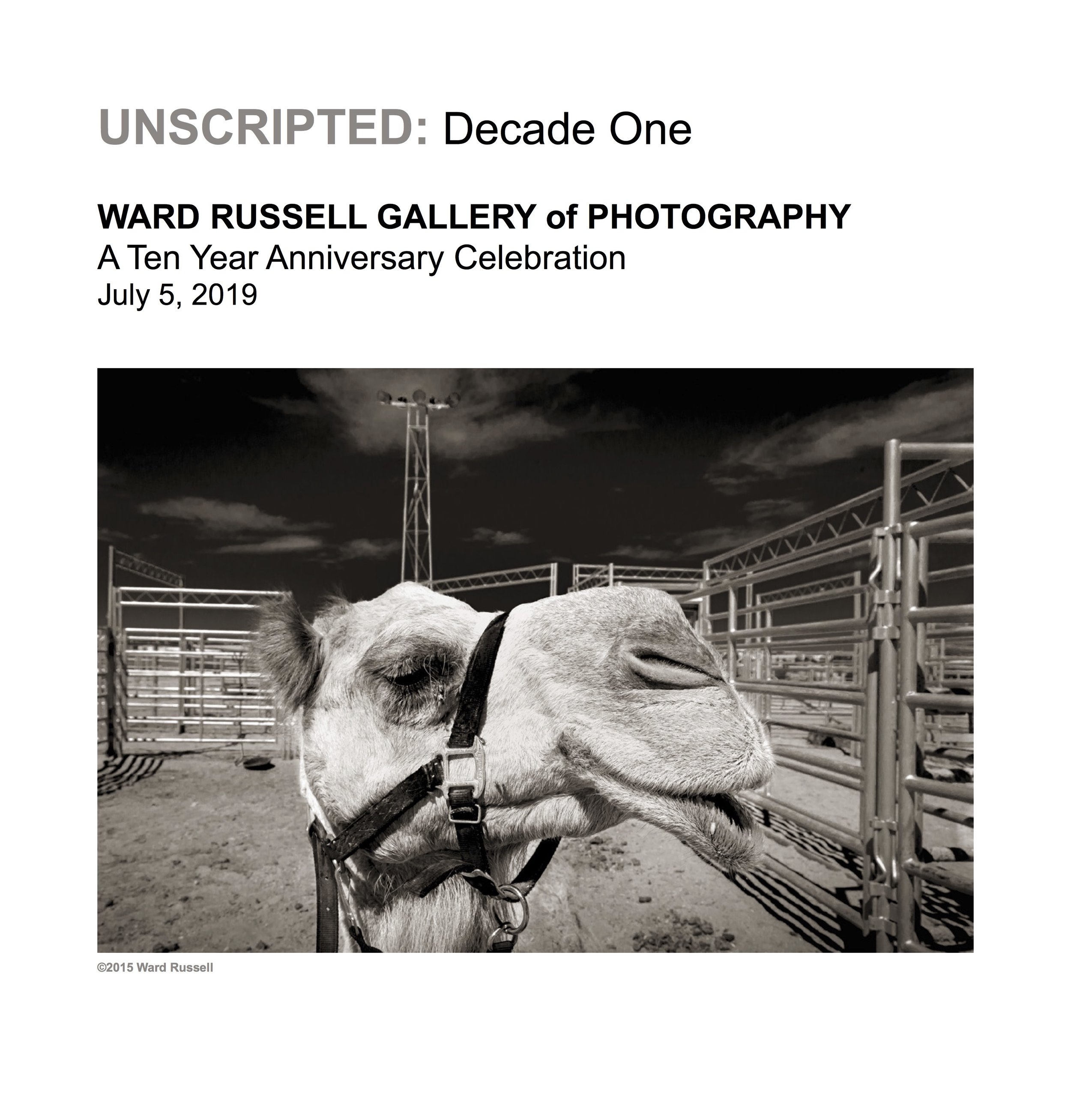Unscripted -- Creating an Exhibition
UNSCRIPTED -- CREATING AN EXHIBITION WITH WARD RUSSELL
Ward Russell was a cinematographer for many years in Los Angeles. He left the industry to follow his passion for still photography and settled in Santa Fe with his wife. He set up a gallery, and in the ten years following, he established a gallery and set out on adventures around the world, and in New Mexico with no rules, no projects, no portfolios to guide him in his quest for the best still images in his own voice. He played with technique, subject, location, lighting, composition, and even threw a few Hipstomatic images in the mix. He had absolute freedom to shoot as he wanted with no restrictions.
Ten years later, Ward sat in front of his computer. He had over 10,000 images from his ten years of photographing around the world. He had already removed thousands of images to the ill-fate of the recycle bin. What was left was the best of ten years of shooting. The task of creating an anniversary exhibition with this archive was daunting. It was our first meeting. We had to come up with a plan to deal with all these images to create a cohesive exhibition that showcases his varied aesthetic, yet, differed from his exhibitions in the past.
Melanie and Ward at the opening, July 2019. Photo by Michael Donnelly
Ward before the opening, July 2019
Back room of Ward Russell Gallery during opening of Unscripted.
Back gallery before the opening, July 2019, photo by Linda Carfagno
Working with small prints to design the right wall
Working with small prints to design the right wall
My first idea was to start with his website. He had many images on the site, almost like a catalogue of his many bodies of work over the years. It was in chronological order and often by location related to travels or local events. For this type of project, I needed to focus on what I saw as common elements on theme, composition, and, his subtle sense of humor. We examined what connected many of his images and what attracted me to them visually. We let this discussion guide us into the next step.
Luckily, Ward did a pretty through job of keywording his images in Lightroom. We started with very broad subjects – portraits, cityscapes, landscapes. We discussed the assignments and we met weekly. At each meeting, he had 300-500 images for me to review. I decided in a split second – yes or no – and marked with a star-based system in Lightroom. Then we removed the others and reviewed. We talked about why an image attracted me and I had to, as I often do, examine my biases and relationship to the photos. We discussed feelings of sentiment vs. visual composition. This was our process of culling and editing until we finally had about 200 images for the show. Next, the process was to get it down to about 60 images that could be accommodated on his walls.
Ward Russel gallery sketch 1
Ward Russel gallery sketch 2
Next Ward, made working prints of about 3”x5” in size and sketches of the gallery (shown above). I scanned the sketches, took the work prints away from the gallery to have some time to consider without Ward’s influence and Ward did the same. We both came up with our working layout of the gallery. I sent Ward photos of my layout and upon our next meeting, he had them in order on a large table in his gallery.
We discussed our decisions, how one photograph relates to the other how they draw visual connections of humor, line, and theme from one image to the next. I argued that color and black-and-white can live together comfortably and if the images are strong enough, the visual flow will not be jolted by the presentation of color to the starkness or ease of black-and-white.
We had 80 images, which was more than Ward had ever installed in his gallery. There was a long discussion about what to include, what to cut. Ward had images that he felt were necessary and I argued for others based on the diversity of imagery and the placement in our layout. We had stragglers. Ward did a little investigating online and found some images of portfolio reviews where artists included small prints across the table for easy viewing. He already had smaller prints in his gallery for sale, unsigned artist proofs. We decided to create a wall of smaller prints hung in a salon style. The sequencing and editing were finally done.
We had a long discussion about naming the exhibition. Ward wanted to focus not only on his photographic career along with his years working on movies. We started by listing words including the obvious connection to the anniversary and a decade of continued still image shooting. We started a long list of words relating to his work, travels, style. There was a back-and-forth playing on ideas including the ‘no rules’ rule that Ward provided for himself when he started the journey into photography. The word narrative, scripted, and finally Unscripted emerged. We had our show and our show name.
In the ensuing weeks, Ward had many ideas that took him off the direct path to getting the exhibition on the walls. His enthusiasm and energy were incredible, and his brain did not seem to stop with ideas. We discussed, kept some, and canned others just for the matter of time. Ward received a copy of a national newspaper with a newsprint insert of photographs on a dance-related theme. This caught his interest as a potential book to give or sell to those who came to the show. Newsprint, the medium of choice for many photobook-type publications in the past, seemed the ideal substrate for this publication. It provided a way for Ward to share one image from every year without a more formal object like a print-on-demand book. We started the search for a local designer and through a Facebook post recommendation found Jasmine Quinser who had worked with the local paper on many occasions. A few iterations later, we had our publication and it was sent to the local newspaper for printing.
With a new coat of paint on the walls, Ward started to install the 80 pieces. Ward prints and frames with mats on some prints and straight to the edge on others. It is a way to provide the client with choices for the final object. I had a strong desire to display many of the images with the prints to the edge. I felt this allowed for a more direct dialogue between the prints included on the wall along the right of the entry way. This would often be the first wall that was seen my clients and visitors entering the gallery. This is where we put many of the color and black-and-white images about an inch apart to encourage the viewer to take in the entire wall, engage with each individual image and then examine how it relates to the next. Of course, many viewers do not recognize how a show is installed and how you are subtley coersed into engaging. This was a way to try to shake up his regular visitors who were accustomed to a more formal installation. The flow around the room encouraged visitors to move through the exhibition as we had imagined. The exhibition is on display until January 4, 2020. Please stop by if you can and let us know what you think.
View some of the images from the exhibition, download the PDF of the catalogue, or contact Ward Russell for information on any of the images included here or on his website.
WARD RUSSELL GALLERY of PHOTOGRAPHY, 102 W. San Francisco St. #10, Santa Fe, New Mexico 87501, 505-231-1035, wardrussell@comcast.net
A selection of images from Unscripted (some cropped to square format)
Ward Russell Exhibition Catalogue cover










